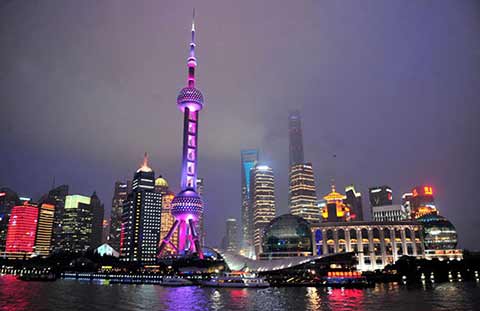Opinion divided over new tax regulations for cross-border e-commerce
By Wang Ying (China Daily) Updated: 2016-05-30 08:20The new taxation rules for goods bought through cross-border e-commerce platforms that became effective on April 8 have drawn mixed responses from players in the sector.
According to the new rules, retail goods purchased online from outside of China will no longer be treated as personal postal articles but imported goods, which are subjected to tariffs, import VAT and consumption tax.
In addition, any single transaction exceeding 2,000 yuan, or an individual who spends more than 20,000 yuan a year, will be charged the full tax for general trade on top of that.
Ben Cavender, principal of China Market Research Group, believes that online platforms that have hit critical mass in user numbers will still do well.
However, he noted that they now have to contend with the fact that it will be difficult to attract more users as the products sold on cross-border e-commerce platforms are no longer significantly cheaper than those in physical stores.
The new tax policy, which aims to level the playing field between e-commerce platforms and traditional retailers and importers, will apply to the 1,293 products in the list issued by the Ministry of Finance.
"We believe the new taxation policy will be good for the standardization and health of the cross-border e-commerce scene, and it will provide companies like Amazon a better and more transparent market environment," said Amazon.cn, the Chinese branch of the US e-commerce company, in a statement to China Daily.
Xu Shan, the general manager of Ningbo-based cross-border e-commerce company taotaoyang.com, did not share the same sentiment.
"Within the first week of the policy taking effect, many e-commerce companies saw their revenue shrink to 30 percent compared to last year's. It would have been better if companies were given between three and six months to prepare for this," said Xu.
According to China's Ministry of Commerce, the country's cross-border e-commerce trading is projected to reach 6.5 trillion yuan this year and will grow at an annual rate of more than 30 percent, accounting for 20 percent of China's total imports and exports trade volume in the next few years.
Shi Xiaofeng in Zhejiang contributed to the story.
- Opinion divided over new tax regulations for cross-border e-commerce
- Focus of Shanghai-HK connect shifts to Q3-Q4
- In e-commerce rush, some companies are getting burnt
- Fendi Timepieces CEO bullish on China's luxury market
- Still in the furnace but escaping meltdown
- Top 10 Chinese cities with 'internet plus tourism'
- China regulates overseas investor capital outflow in inter-bank bond market
- China issues first-ever renminbi-denominated sovereign bond abroad
















